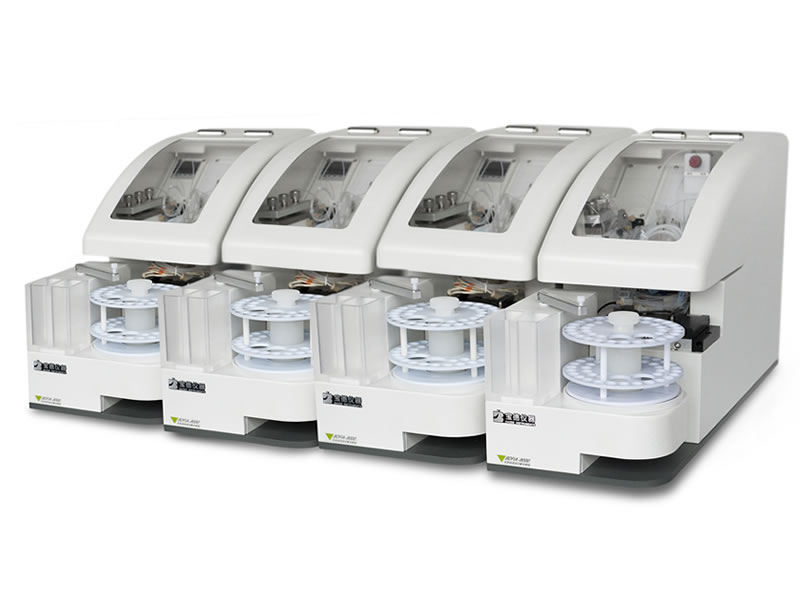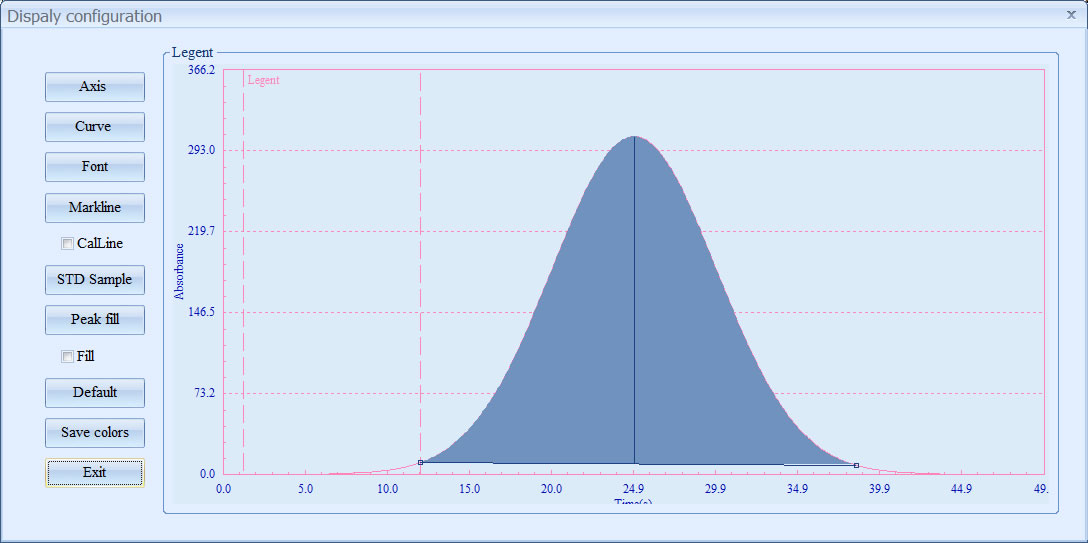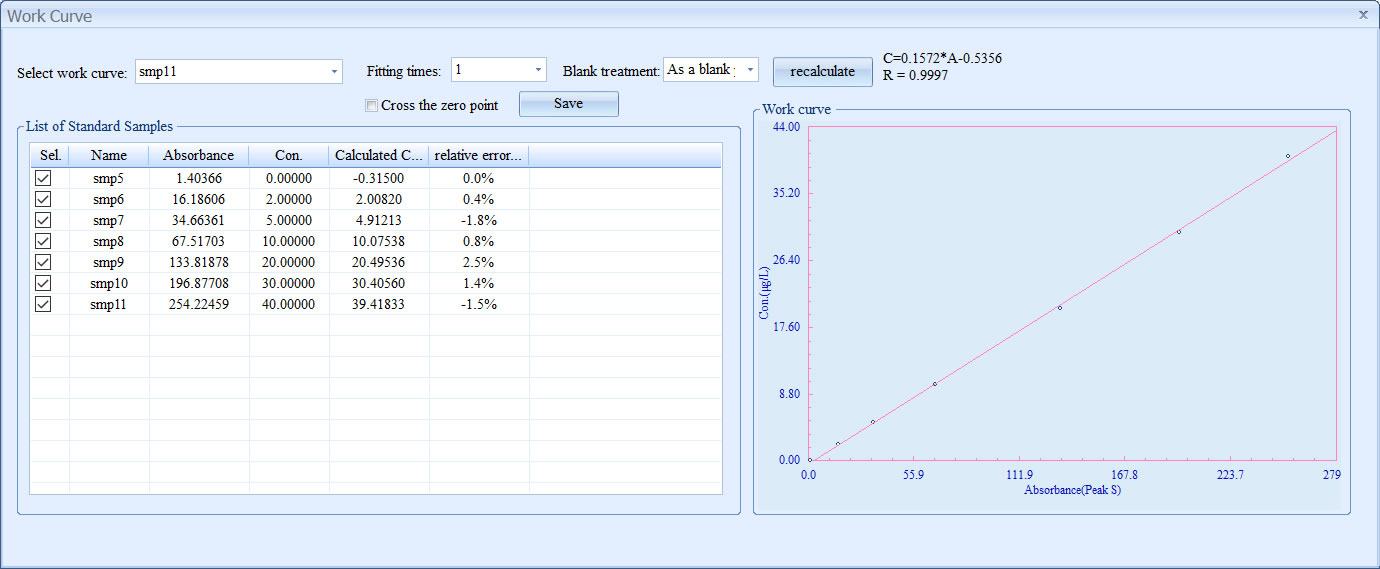
Product Introduction
BDFIA-8000 can work automatically including sampling, sample online preprocessing, chemical reaction, detection, data report, etc.
Measurement items
Volatile phenol, Cyanide, Total cyanide, Total phosphorus, Total nitrogen, Soluble sulfide, Nitrate, Nitrite, Permanganate index, Ammonia nitrogen, Silicate, Anionic,Soluble boride,Surfactant, Orthophosphate, Hexavalent chromium, Fluoride, Urea, Total Alkalinity, Total Hardness, Acidity, Chroma, Calcium, Magnesium, Formaldehyde etc.
Application areas
Ø Water quality analysis (drinking water, public sewage, industrial wastewater, surface water, ground water, waste water, etc.)
Ø Environmental analysis (soil analysis, plant analysis)
Ø Food and beverage analysis
Ø Fertilizer analysis
Technical Index
Ø Multiple testing items are analyzed quickly and accurately at the same time. Measure immediately after powering on, and the stabilization time is less than 10 minutes.
Ø Integral design, sampling, reaction and detection parts are all in one instrument. With online degassing function, no need to degas the reagents.
Ø 72 auto-sampler is used in each channel. It can also be connected to other specifications of automatic samplers at any time.
Ø High-sensitivity and dual-beam detector with low detection limit and good repeatability and Excellent stability.
Ø One 12-port non-adjustable peristaltic pump.
Ø Multiple channels can be analyzed at the same time, supporting up to 16 channels for simultaneous analysis.
Ø Compliance with ISO standards.
RSD

Detection Limit

DISPLAY CONFIGURATION

WORK CURVE
